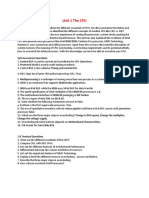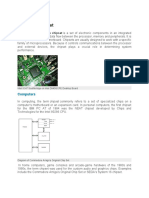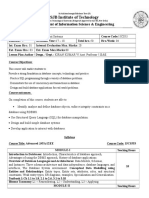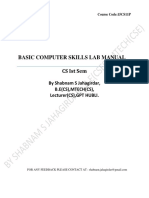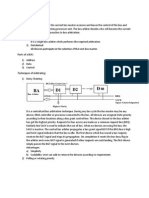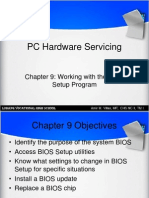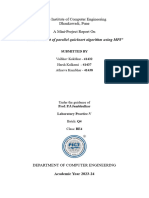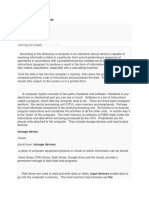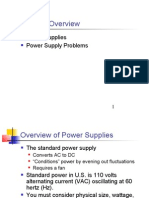0% found this document useful (0 votes)
161 views2 pagesCTE224 Computer Power Systems Notes
Computer power systems manage and regulate electrical power for computing devices, including personal computers and data centers. Key components include power supplies, which convert AC to DC, and various types such as ATX and UPS. Important considerations include power ratings, protection mechanisms, and emerging trends like smart PSUs and AI in power management.
Uploaded by
sshamaki001Copyright
© © All Rights Reserved
We take content rights seriously. If you suspect this is your content, claim it here.
Available Formats
Download as PDF, TXT or read online on Scribd
0% found this document useful (0 votes)
161 views2 pagesCTE224 Computer Power Systems Notes
Computer power systems manage and regulate electrical power for computing devices, including personal computers and data centers. Key components include power supplies, which convert AC to DC, and various types such as ATX and UPS. Important considerations include power ratings, protection mechanisms, and emerging trends like smart PSUs and AI in power management.
Uploaded by
sshamaki001Copyright
© © All Rights Reserved
We take content rights seriously. If you suspect this is your content, claim it here.
Available Formats
Download as PDF, TXT or read online on Scribd
/ 2





